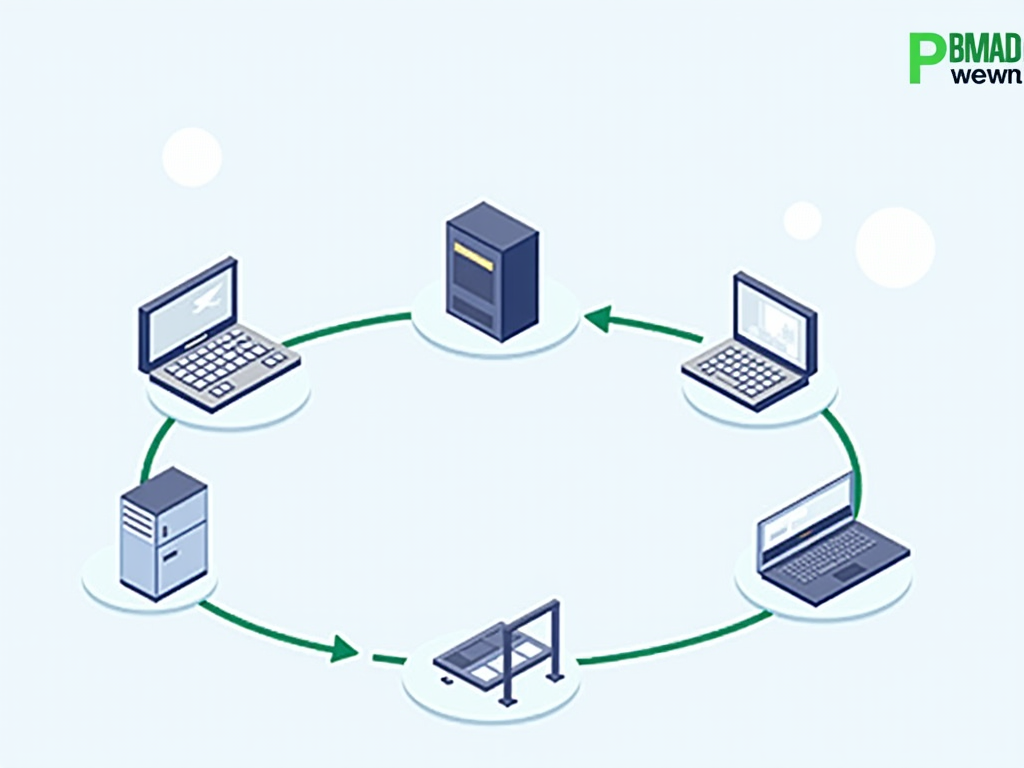The Best Cybersecurity Strategies for a Hyperconnected 2025
As we enter the year 2025, it’s undeniable that our world has become increasingly interconnected. With the rise of IoT devices, cloud computing, and big data analytics, the cyber threat landscape is more complex than ever before. In this article, we’ll explore the best cybersecurity strategies to help you stay ahead of the curve in a hyperconnected world.
1. Zero-Trust Everything
The concept of zero-trust everything is simple: trust no one. This means implementing strict access controls and authentication mechanisms to ensure that only authorized users have access to your systems, networks, and data.
- Implement multi-factor authentication (MFA) for all user accounts
- Use behavior-based analytics to detect suspicious activity
- Segment your network into micro-segments to limit lateral movement
2. Artificial Intelligence-Powered Threat Detection
Artificial intelligence (AI) is revolutionizing the cybersecurity landscape by enabling real-time threat detection and response.
- Implement AI-powered intrusion detection systems (IDS)
- Use machine learning algorithms to identify and respond to unknown threats
- Integrate AI-powered tools with your incident response process
3. Encryption Everywhere
Encryption is the key to protecting data in transit and at rest. Make sure to encrypt everything, including:
- Data stored on-premises or in the cloud
- Communication channels (e.g., emails, chat messages)
-
IoT devices and their communications
-
Use end-to-end encryption for sensitive data
- Implement secure communication protocols (e.g., HTTPS, TLS)
4. Continuous Monitoring and Incident Response
In today’s hyperconnected world, attacks can occur at any moment. To stay ahead of the curve, implement a continuous monitoring and incident response strategy.
- Monitor your systems and networks in real-time using AI-powered tools
- Develop an incident response plan and test it regularly
- Train your team to respond quickly and effectively to threats
5. Secure Code Development
Cybersecurity is not just about defending against attacks; it’s also about preventing them through secure code development.
- Implement a DevSecOps process for building and deploying software
- Use automated testing tools to identify vulnerabilities
- Train your developers on secure coding practices
6. Employee Education and Awareness
Your employees are often the weakest link in your cybersecurity chain. Educate them on the best cybersecurity practices to prevent human error.
- Conduct regular cybersecurity training sessions for employees
- Develop a cybersecurity awareness program for employees
- Encourage employees to report suspicious activity
7. Regular Security Audits and Penetration Testing
Regular security audits and penetration testing help identify vulnerabilities before attackers do.
- Perform regular security audits of your systems, networks, and data
- Conduct penetration testing (pen tests) to simulate real-world attacks
- Use the results of these audits to improve your cybersecurity posture
8. Third-Party Risk Management
Third-party vendors and contractors can introduce risks into your organization’s ecosystem. Implement a third-party risk management strategy to mitigate these risks.
- Develop a third-party risk assessment framework
- Conduct regular risk assessments for third-party vendors
- Implement controls to mitigate identified risks
9. Incident Response Drills and Tabletop Exercises
Regular incident response drills and tabletop exercises help ensure your team is prepared to respond effectively in the event of an attack.
- Develop an incident response plan and drill it regularly with your team
- Conduct tabletop exercises to test your team’s skills and knowledge
- Refine your incident response process based on the results of these exercises
10. Continuous Improvement
Cybersecurity is not a one-time achievement; it’s an ongoing process. Continuously monitor, assess, and improve your cybersecurity posture.
- Monitor your organization’s cybersecurity posture regularly
- Assess the effectiveness of your cybersecurity controls and processes
- Implement changes to improve your cybersecurity posture based on these assessments
In conclusion, the best cybersecurity strategies for a hyperconnected 2025 involve zero-trust everything, AI-powered threat detection, encryption everywhere, continuous monitoring and incident response, secure code development, employee education and awareness, regular security audits and penetration testing, third-party risk management, incident response drills and tabletop exercises, and continuous improvement. By implementing these strategies, you’ll be well-prepared to stay ahead of the curve in a hyperconnected world.



